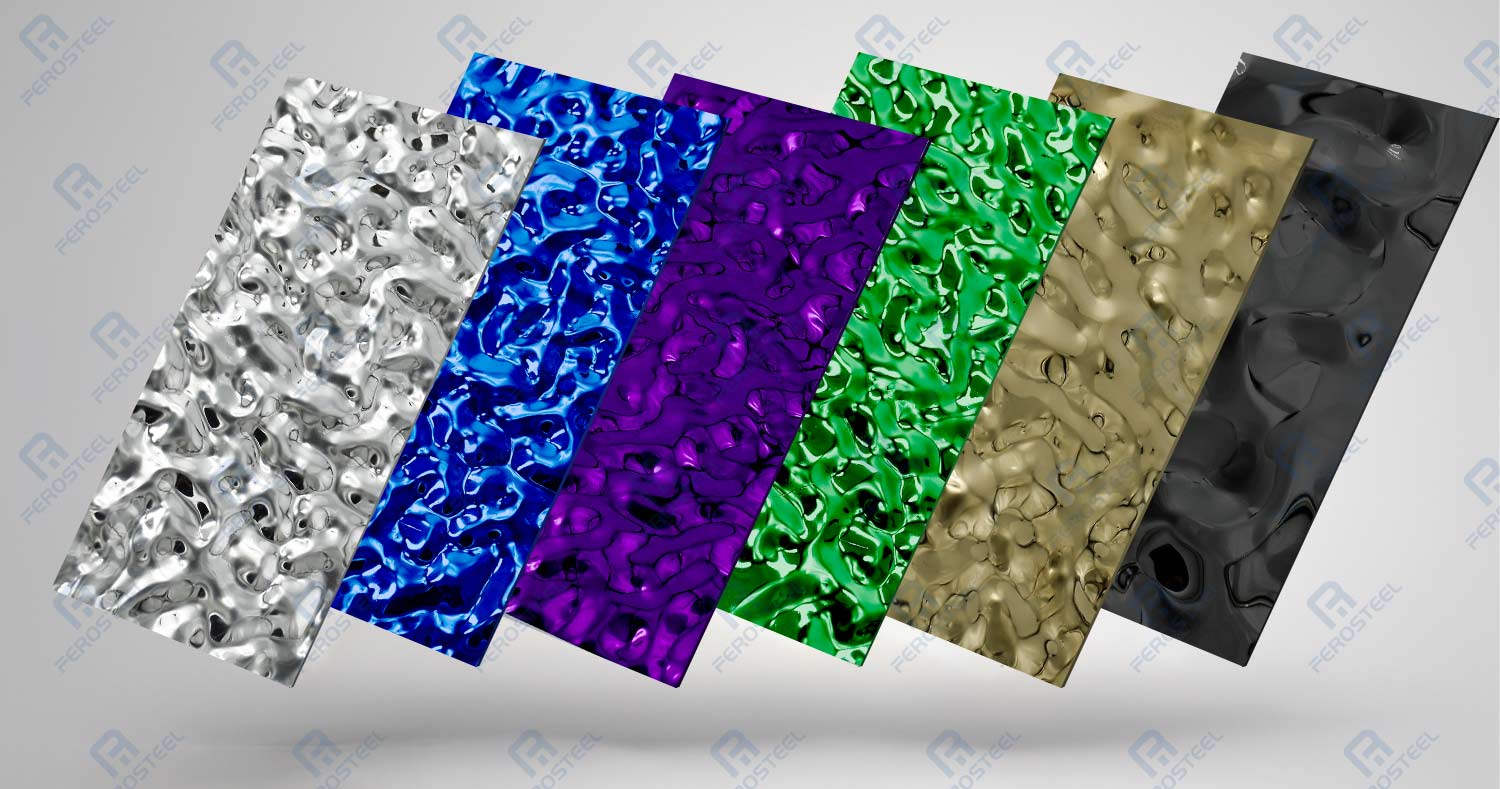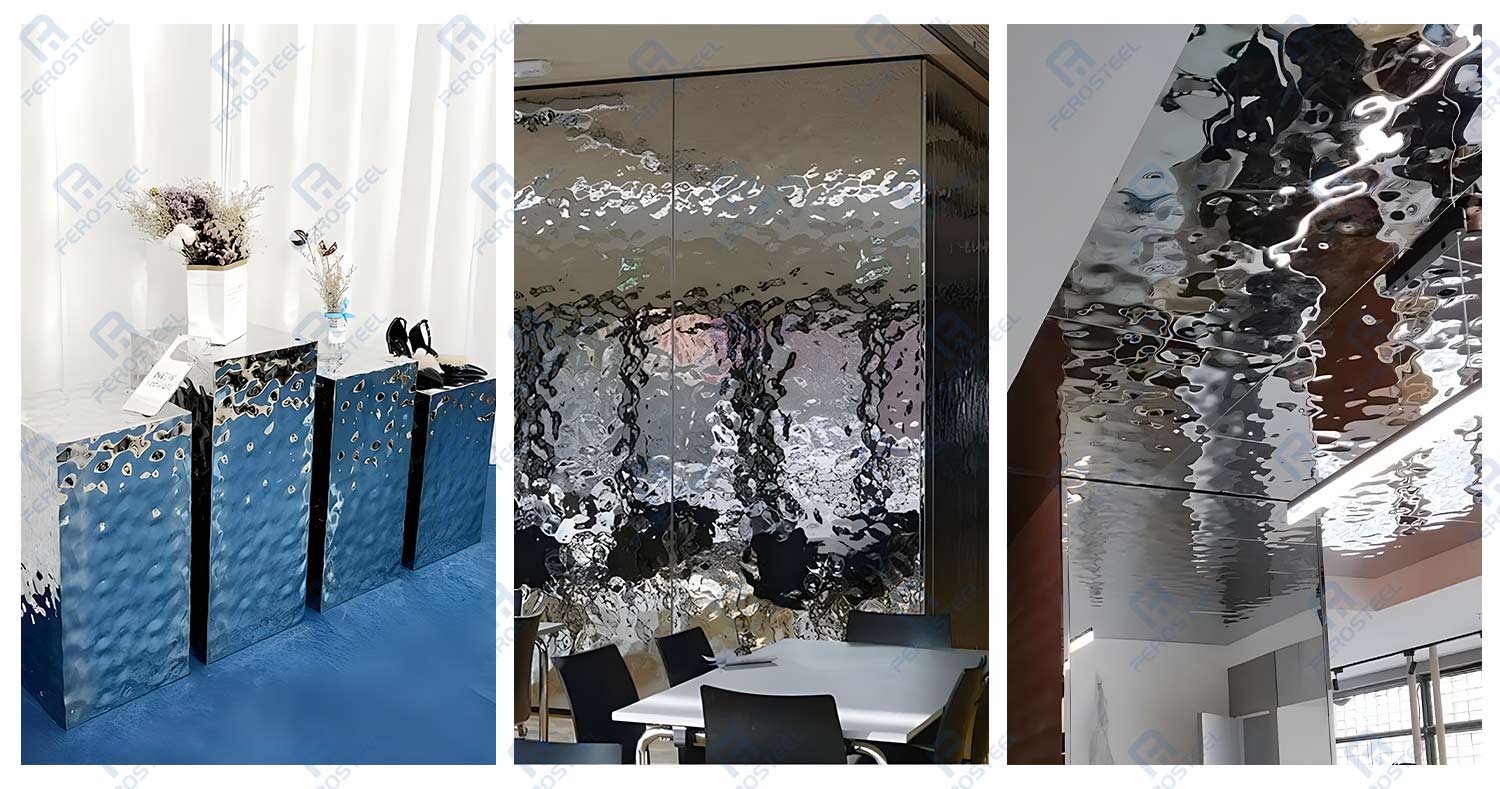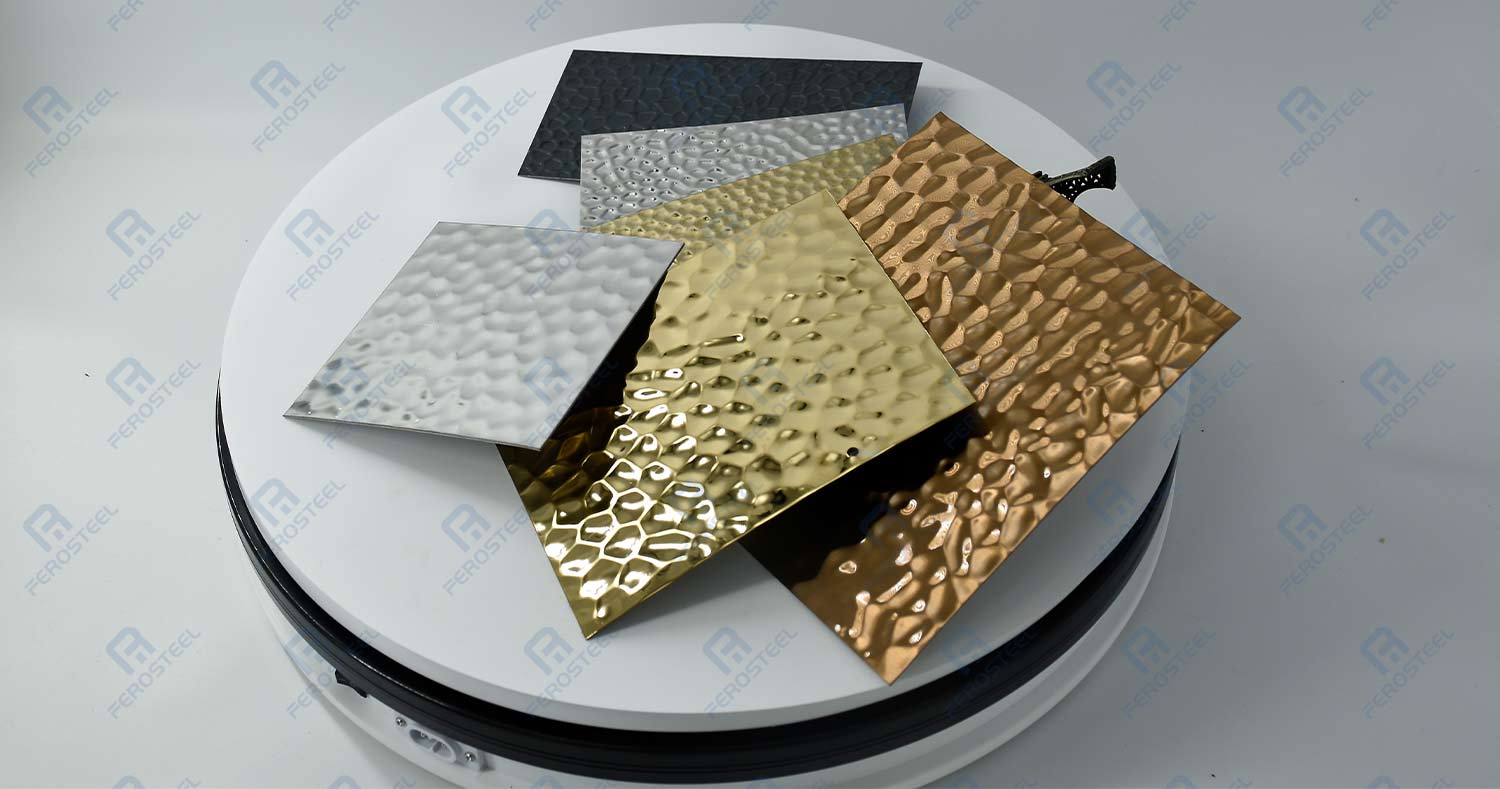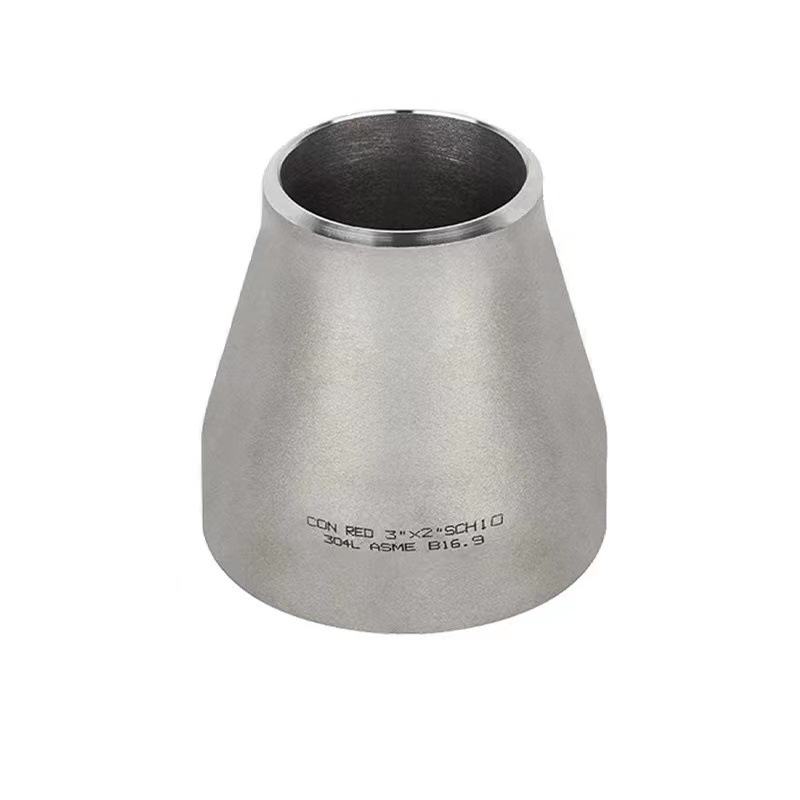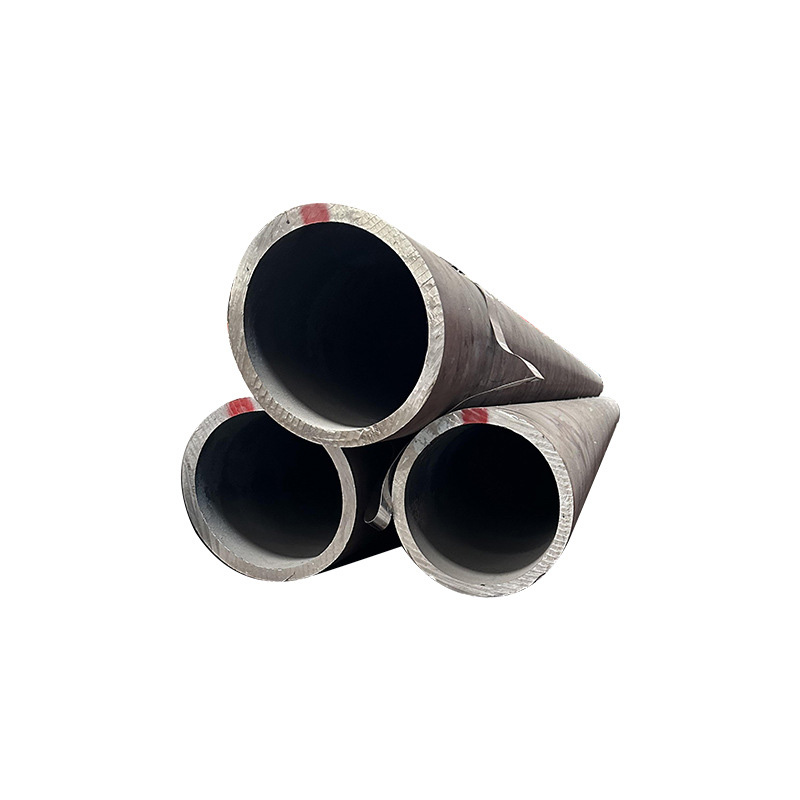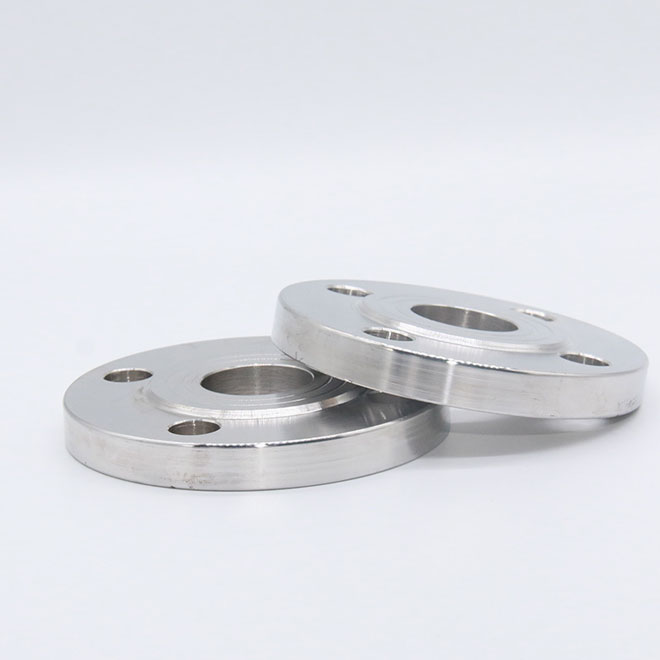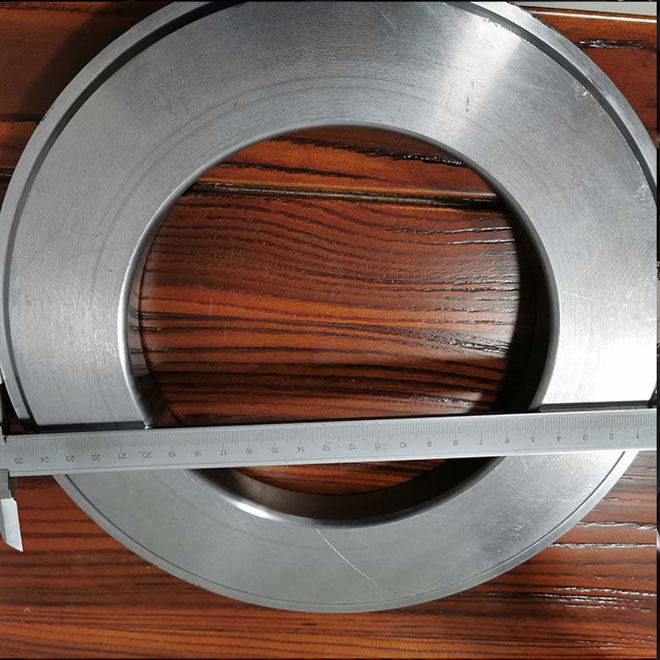Industrial rubber casters play a pivotal role in various sectors due to their versatility, durability, and reliability. Among the diverse range of caster wheels available in the market, medium duty 3" PVC rigid caster wheels, swivel industrial rubber cast iron casters, and cast iron core PU caster wheels stand out for their exceptional performance and applications. Let's delve into the diverse applications of these industrial rubber casters:
Medium Duty 3" PVC Rigid Caster Wheels:
Medium duty 3" PVC rigid caster wheels are designed to withstand moderate loads while offering excellent maneuverability and stability. These caster wheels find applications in industries where mobility and durability are paramount, such as:
Warehousing and logistics: They are extensively used in carts, dollies, and material handling equipment for transporting goods within warehouses and distribution centers.
Retail environments: Medium duty PVC rigid caster wheels are employed in retail display racks, utility carts, and shelving units, facilitating smooth movement of merchandise and supplies.
Hospitality industry: These caster wheels are utilized in hotel housekeeping carts, laundry carts, and food service trolleys, ensuring efficient service delivery without compromising on durability.
Swivel Industrial Rubber Cast Iron Casters:
Swivel industrial rubber cast iron casters offer exceptional maneuverability and load-bearing capacity, making them ideal for heavy-duty applications across various industries. Some notable applications include:
Manufacturing and production facilities: These casters are integral components of machinery and equipment used in manufacturing processes, providing mobility and flexibility in production lines.
Automotive industry: Swivel industrial rubber cast iron casters are utilized in automotive repair shops and manufacturing plants for moving heavy vehicle components and assemblies.
Construction sites: They are employed in scaffolding, tool carts, and equipment stands, facilitating easy movement of construction materials and tools across job sites.
Cast Iron Core PU Caster Wheel:
Cast iron core PU caster wheels combine the strength of cast iron with the resilience of polyurethane, offering superior load-bearing capacity and shock absorption. They find applications in various industries, including:
Aerospace and aviation: These caster wheels are used in aircraft maintenance trolleys, ground support equipment, and aerospace manufacturing facilities, ensuring smooth and safe movement of heavy components.
Healthcare sector: Cast iron core PU caster wheels are integral to medical equipment such as hospital beds, patient lifts, and mobile medical carts, providing stability and maneuverability in healthcare environments.
Food processing industry: They are employed in food processing equipment, bakery racks, and catering trolleys, meeting stringent hygiene standards while withstanding heavy loads and frequent washdowns.
In conclusion, industrial rubber casters, including medium duty PVC rigid caster wheels, swivel industrial rubber cast iron casters, and cast iron core PU caster wheels, serve a wide range of applications across diverse industries. Their durability, maneuverability, and load-bearing capacity make them indispensable components in material handling and mobility solutions, contributing to increased efficiency and productivity in various workplace environments.
